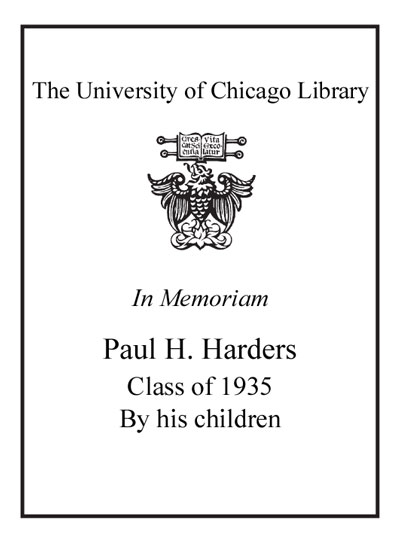Quantum field theory for the gifted amateur /
Saved in:
| Author / Creator: | Lancaster, Tom, author. |
|---|---|
| Edition: | First edition. |
| Imprint: | Oxford : Oxford University Press, 2014. |
| Description: | xvii, 485 pages : illustrations ; 25 cm |
| Language: | English |
| Subject: | |
| Format: | Print Book |
| URL for this record: | http://pi.lib.uchicago.edu/1001/cat/bib/10894778 |
Table of Contents:
- Overture
- I. The Universe as a set of harmonic oscillators
- 1. Lagrangians
- 2. Simple harmonic oscillators
- 3. Occupation number representation
- 4. Making second quantization work
- II. Writing down Lagrangians
- 5. Continuous systems
- 6. A first stab at relativistic quantum mechanics
- 7. Examples of Lagrangians, or how to write down a theory
- III. The need for quantum fields
- 8. The passage of time
- 9. Quantum mechanical transformations
- 10. Symmetry
- 11. Canonical quantization of fields
- 12. Examples of canonical quantization
- 13. Fields with many components and massive electromagnetism
- 14. Gauge fields and gauge theory
- 15. Discrete transformations
- IV. Propagators and perturbations
- 16. Ways of doing quantum mechanics: propagators and Green's functions
- 17. Propagators and Fields
- 18. The S-matrix
- 19. Expanding the S-matrix: Feynman diagrams
- 20. Scattering theory
- V. Interlude: wisdom from statistical physics
- 21. Statistical physics: a crash course
- 22. The generating functional for fields
- VI. Path Integrals
- 23. Path Integrals: I said to him, "You're crazy"
- 24. Field Integrals
- 25. Statistical field theory
- 26. Broken symmetry
- 27. Coherent states
- 28. Grassmann numbers: coherent states and the path integral for fermions
- VII. Topological ideas
- 29. Topological objects
- 30. Topological field theory
- VIII. Renormalization: taming the infinite
- 31. Renormalization, quasiparticles and the Fermi surface
- 32. Renormalization: the problem and its solution
- 33. Renormalization in action: propagators and Feynman diagrams
- 34. The renormalization group
- 35. Ferromagnetism: a renormalization group tutorial
- IX. Putting a spin on QFT
- 36. The Dirac equation
- 37. How to transform a spinor
- 38. The quantum Dirac field
- 39. A rough guide to quantum electrodynamics
- 40. QED scattering: three famous cross sections
- 41. The renormalization of QED and two great results
- X. Some applications from the world of condensed matter
- 42. Superfluids
- 43. The many-body problem and the metal
- 44. Superconductors
- 45. The fractional quantum Hall fluid
- XI. Some applications from the world of particle physics
- 46. Non-abelian gauge theory
- 47. The Weinberg-Salam model
- 48. Majorana fermions
- 49. Magnetic monopoles
- 50. Instantons, tunnelling and the end of the world
- Appendix A. Further reading
- Appendix B. Useful complex analysis


